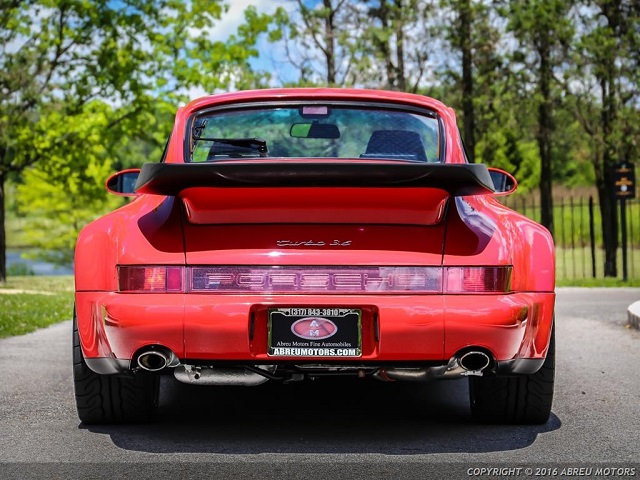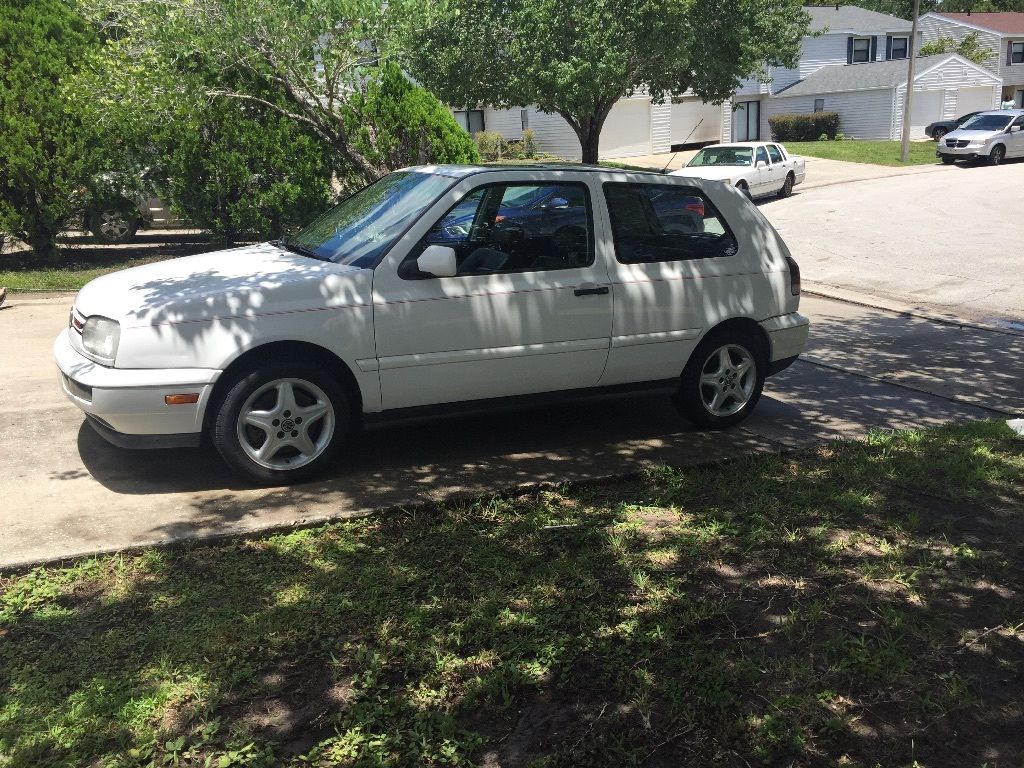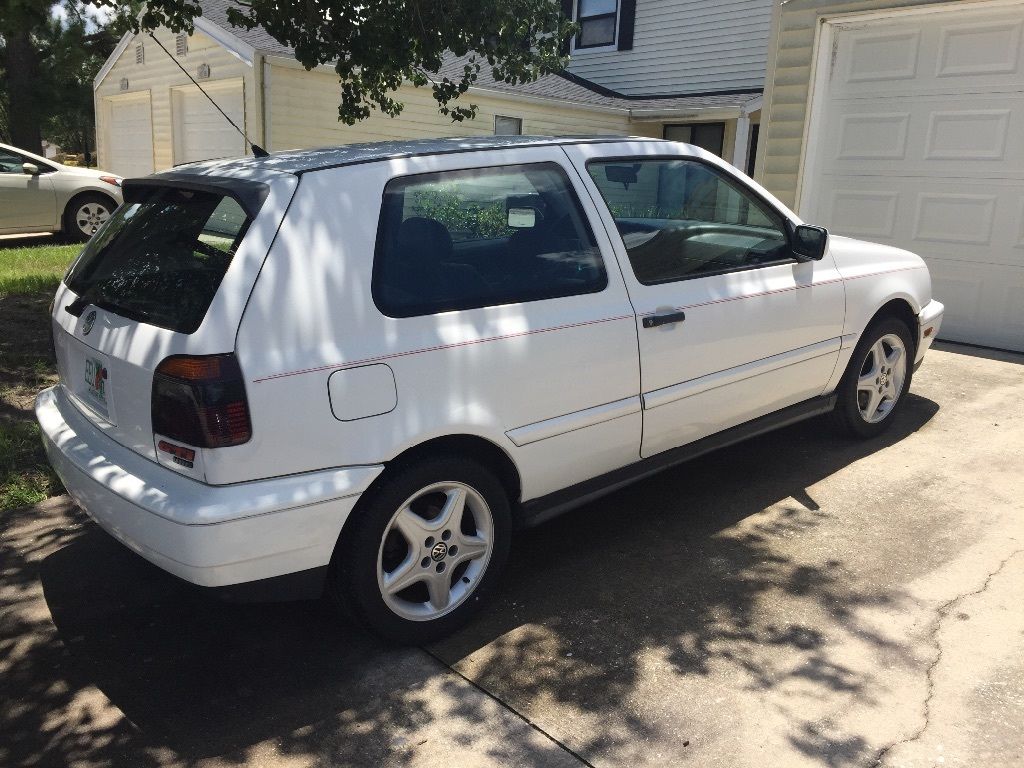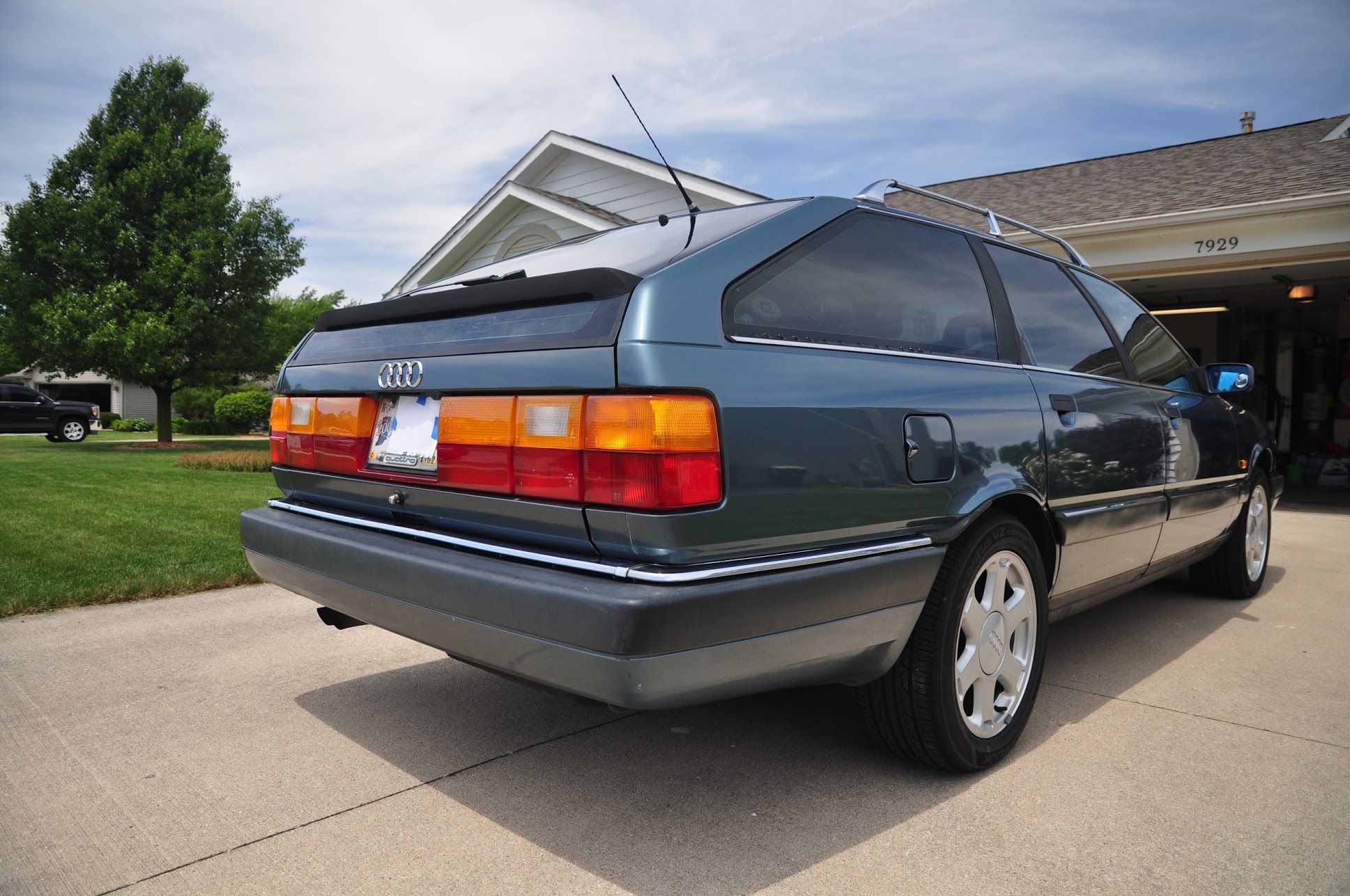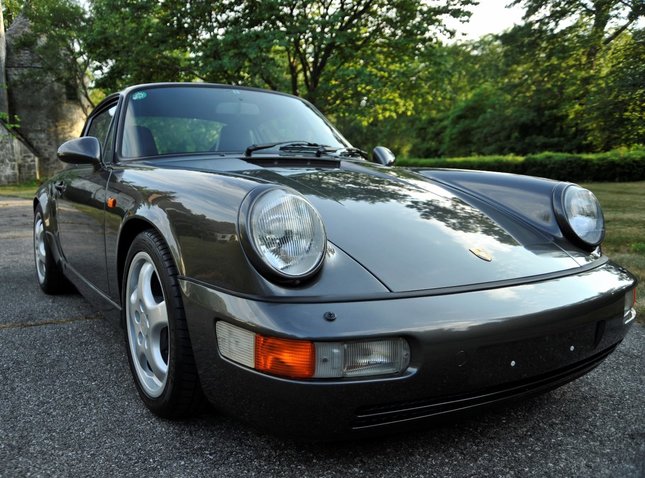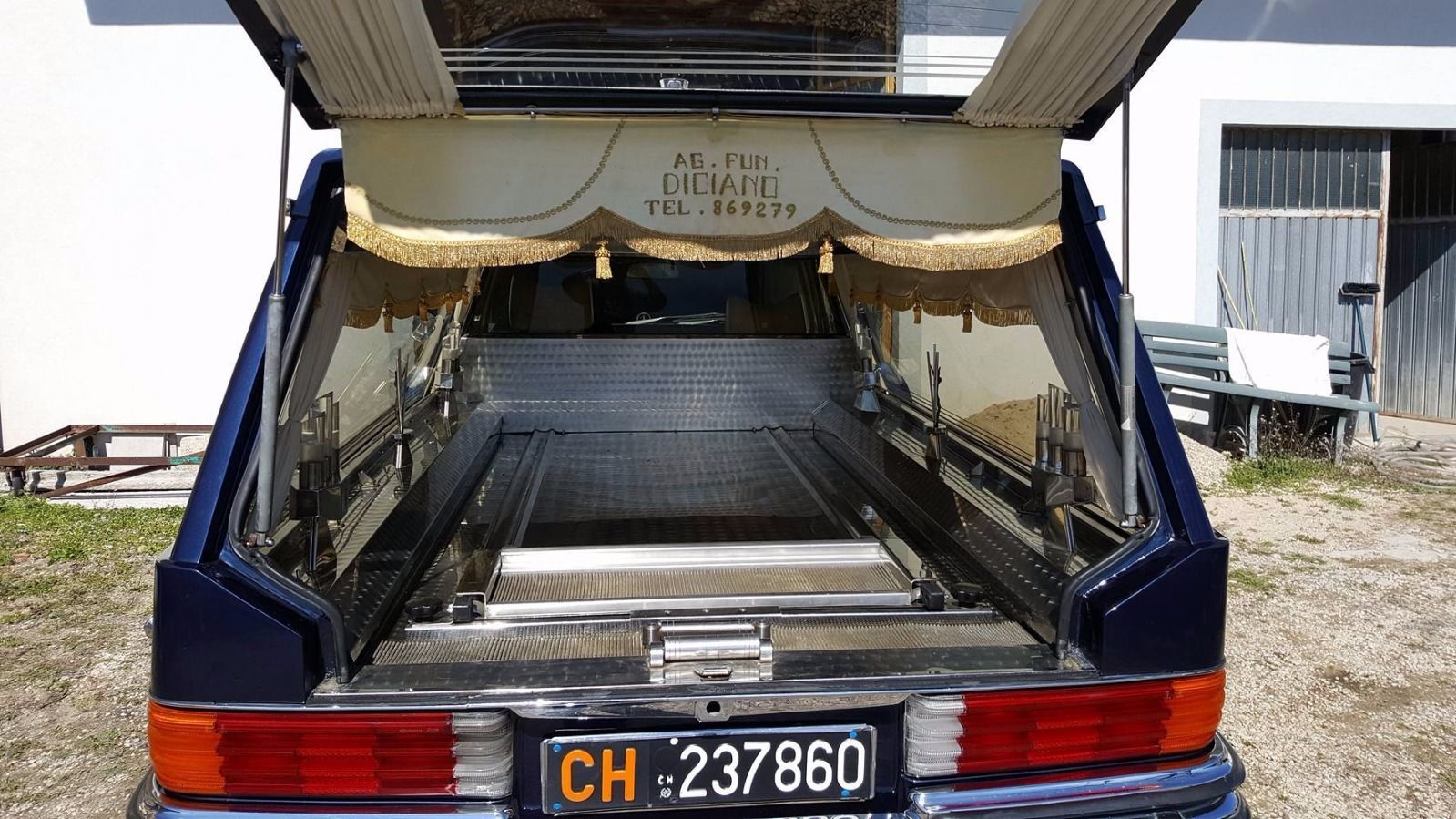I think I feel like posting a bunch of 964s this week. We’ll see how that goes. Apparently, yesterday’s Japanese market Slate Grey Carrera 2…
1 CommentGerman Cars For Sale Blog Posts
Do you want to maximize your budget and fun? Need an affordable ride that will reward you nearly every time you turn the key, but is also practical enough to daily drive?
Look no further. We may all want a car collection of virtually new, unused and perfect condition examples of our favorite car designs, but frankly that’s just not a reality most who’s names don’t start with “Sultan” and end with a small southeast Asian country’s name can contemplate. And even he needs to liquidate his massive Ferrari collection from time to time when small rebellions pop up.
Jumping in to a third generation Volkswagen Golf won’t get you much respect outside of dedicated brand enthusiasts. But what it will do is reward your decision. Like the E36 M3, adding two cylinders to the model may not have sounded as sexy on paper as the high-revving double cam inline-4, but the result was better performance, better reliability, and cheaper prices for that speed. With 172 horsepower and 173 lb.ft of torque on tap, the VR6 took the Mk.3 into a new performance territory. It brought with it a more grown up feel, too – leather, a quiet(er) cabin, power windows and sunroof – these were unthinkable a decade earlier in the budget hatch. In fact there was only one option – a trunk mounted CD changer. Everything else? Standard. The increase in performance dictated upgrades throughout; sport suspension with sway bars, larger brakes with 5×100 mm hubs and accompanying 15″ wheels. 0-60 was firmly sub-7 second range, and the boxy hatch could brush 130 mph flat out. In a flat-out drag race, this economy car was on par with the Audi S6.
At nearly $20,000, the price tag didn’t seem cheap at first. Indeed, in a little over a decade the base price of the GTI had increased 100%. But the Golf was still about cheap speed, and so you need to view this package in relative performance. It wasn’t much slower than the U.S. specification M3, for example, but was about half the price. More appropriate, though, was that it was some $6,000 cheaper than the Corrado with nearly the same setup. Today, that cost savings carries over – Corrados are easily twice to many times the asking price of this example:
CLICK FOR DETAILS: 1997 Volkswagen GTI VR6 on eBay
2 CommentsIf you’ve been around here a while then you will know that my love for the 964 has gradually grown as time has passed and…
4 CommentsContinuing this weeks theme of strange builds from coachwork companies, I present to you none other than a 1972 Mercedes-Benz 280SE. This W116 comes to…
Comments closed